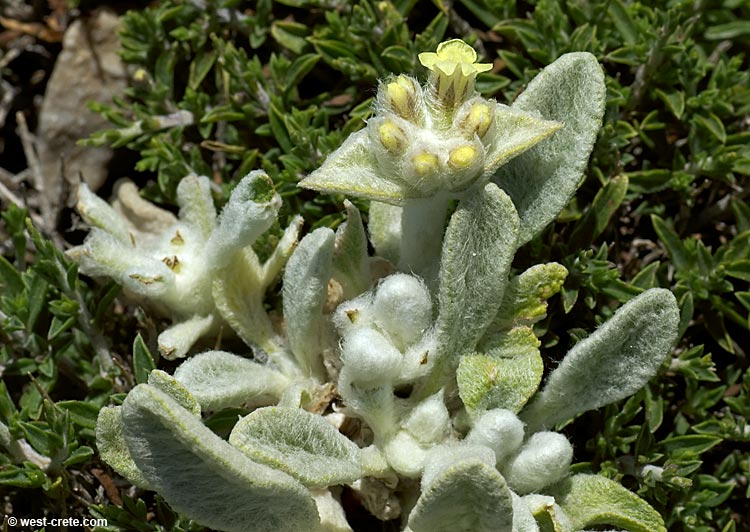Crete, the largest of the Greek islands, is renowned for its rich history, vibrant culture, and diverse landscapes. Among its many traditions, the Cretan tea culture stands out as a unique blend of health practices, hospitality, and deep-rooted connection to nature. Traditional Cretan teas, made from a variety of wild herbs and plants, offer not only a comforting beverage but also a window into the island’s way of life and its ancient wisdom regarding natural health remedies.
The Herbal Heritage of Crete
The mountainous terrain and varied climate of Crete provide an ideal environment for a wide array of aromatic herbs and plants. The island’s herbal heritage dates back thousands of years, with many of the herbs used today having been utilized by ancient Minoans and classical Greeks for their medicinal properties.
Key Herbs in Cretan Tea Culture
- Dittany (Origanum dictamnus): Also known as “diktamo” or “erontas,” dittany is a prized herb native to Crete. It grows wild in the rocky mountains and has been revered since antiquity for its healing properties. Traditionally, dittany is used to treat digestive issues, wounds, and respiratory problems.
- Sage (Salvia fruticosa): Known locally as “faskomilo,” Cretan sage is highly aromatic and rich in essential oils. It is commonly used in teas for its antiseptic and anti-inflammatory properties.
- Mountain Tea (Sideritis syriaca): Known as “malotira” in Crete, mountain tea is a popular beverage made from the dried flowers and leaves of the Sideritis plant. It is consumed for its soothing effects and is believed to boost the immune system and aid in digestion.
- Chamomile (Matricaria chamomilla): A well-known herb, chamomile is used in Cretan tea culture for its calming effects, often consumed before bedtime to promote relaxation and sleep.
The Ritual of Making and Drinking Tea
The process of making and drinking tea in Crete is a ritual that reflects the island’s emphasis on simplicity and natural living. The preparation of herbal teas is typically straightforward, involving the steeping of dried herbs in hot water.
Preparation Methods
- Infusion: Most Cretan teas are prepared using the infusion method. Dried herbs are placed in a teapot or directly into a cup, then boiling water is poured over them. The tea is allowed to steep for several minutes, depending on the type of herb used.
- Decoction: For tougher plant materials, such as roots or bark, a decoction method is used. This involves boiling the herbs in water for a longer period to extract their medicinal properties.
Serving and Enjoying
Cretan tea is traditionally served without added sweeteners, allowing the natural flavors and aromas of the herbs to shine. However, honey, particularly thyme honey, is sometimes added for its health benefits and to enhance the taste.
- Hospitality: Offering a cup of herbal tea is a common gesture of hospitality in Crete. It is a way to welcome guests and share the island’s natural bounty. The act of sharing tea fosters connection and conversation, reflecting the Cretan values of warmth and community.
- Ceremonial Use: In some villages, the preparation and consumption of herbal tea can be part of religious or cultural ceremonies, underscoring its importance in the social and spiritual life of the island.
Health Benefits and Traditional Medicine
The health benefits of Cretan herbal teas are well-documented, both in traditional practices and modern research. These teas are rich in antioxidants, vitamins, and minerals, contributing to overall well-being.
Traditional Uses
- Digestive Health: Many Cretan herbs, such as dittany and mountain tea, are used to soothe digestive ailments, including indigestion, bloating, and stomach cramps.
- Respiratory Relief: Herbs like sage and thyme are known for their antiseptic properties and are commonly used to alleviate symptoms of colds, flu, and respiratory infections.
- Anti-inflammatory and Antioxidant Properties: Herbs such as chamomile and sage contain compounds that reduce inflammation and combat oxidative stress, promoting general health and longevity.
Modern Appreciation and Revival
In recent years, there has been a revival of interest in traditional Cretan tea culture, both within Greece and internationally. This resurgence is driven by a growing appreciation for natural and holistic health practices.
- Sustainable Harvesting: Efforts are being made to ensure the sustainable harvesting of wild herbs, protecting the island’s natural resources while promoting traditional practices.
- Educational Initiatives: Workshops and educational programs are being established to teach both locals and visitors about the benefits of Cretan herbs and the art of preparing herbal teas.
Conclusion
The traditional tea culture of Crete is a rich and vibrant aspect of the island’s heritage, deeply intertwined with its history, natural environment, and social customs. Whether used for their health benefits, enjoyed as a comforting beverage, or offered as a gesture of hospitality, Cretan herbal teas embody the island’s values of simplicity, natural living, and community. As interest in natural remedies and sustainable living continues to grow, the timeless practices of Cretan tea culture remain as relevant and cherished as ever, offering a taste of the island’s enduring connection to the land and its ancient traditions.


